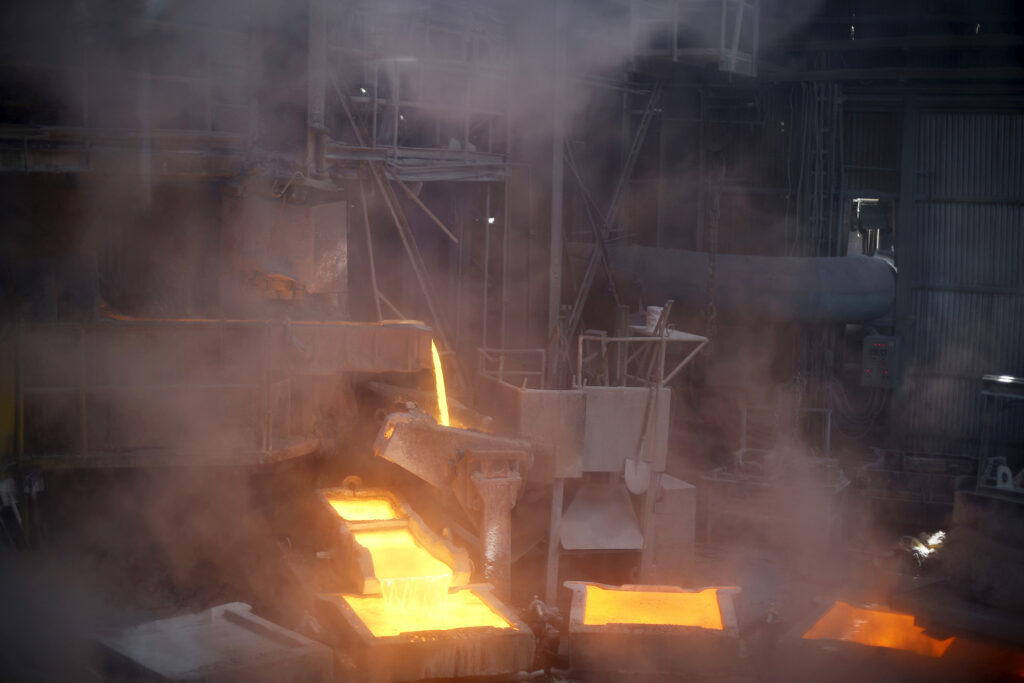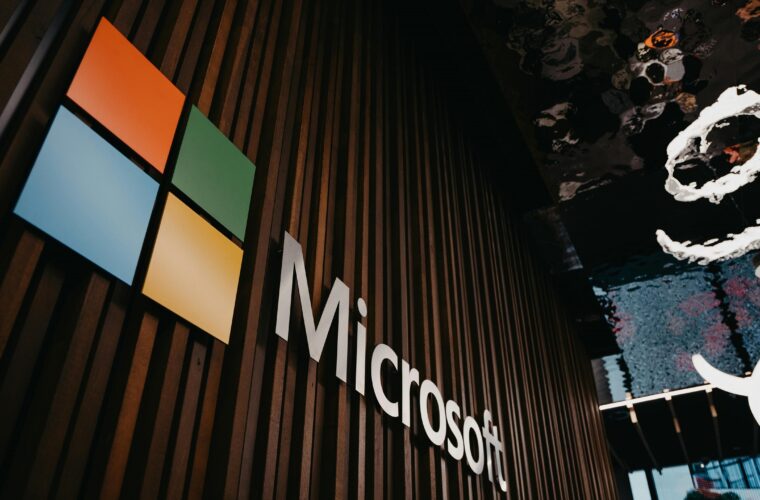Βy Ernest Scheyder, Julian Luk, Daina Beth Solomon, Fabian Cambero, Alexander Villegas, and Divya Rajagopal
SANTIAGO (Reuters) – Copper’s bull run should continue for at least the next three years, fueled by global supply challenges and hot demand for the metal to power energy transition and artificial intelligence technologies, industry analysts say.
The outlook is an optimistic harbinger for Freeport-McMoRan, BHP and other producers as decarbonization and technological shifts fuel copper’s latest demand wave after China’s rise powered a similar one two decades ago.
But with question marks hanging over a number of key projects, some estimate production will struggle to meet that demand.
These themes are expected to dominate conversations in the Chilean capital of Santiago at the CRU World Copper Conference from April 15-17, the largest annual gathering of industry executives, investors and analysts. Chile is the world’s biggest copper producer but its output has faltered in recent years.
Copper, one of the best electrical-conducting metals, is already used worldwide in motors, batteries and wiring, and nicknamed “Dr. Copper” because demand for it is widely seen as a barometer for global economic health.
Data centers to power AI servers will likely require an additional 1 million metric tons of copper by 2030, commodity trader Trafigura said this week. Further new demand is also expected to come from electric vehicles, which are built with four times more copper than vehicles with internal combustion engines.
“Copper’s second secular bull market this century is taking hold,” said Citi analyst Maximilian Layton, who expects demand to outstrip supply by 1 million metric tons during the next three years. “Explosive price upside is possible over the next two to three years.”
In a report published earlier this week, Layton and Citi said they expect copper prices to touch $12,000 a metric ton by December 2026, a forecast echoed in a similar report from Bank of America. Prices traded near $9,378 a metric ton on Wednesday, near a 14-month high.
Citi encouraged automakers and others to hedge their copper purchases, warning that the price jump could cost unhedged manufacturers an overall $320 billion, equivalent to roughly 0.4% of global GDP.
Factoring into the bullish price forecast are recent production struggles by First Quantum, Ivanhoe Mines, Anglo American Codelco and others. Electricity supply challenges in Zambia, Africa’s second-largest copper producer, also loom.
As a result of these setbacks, Citi cut its forecast for the global copper supply this year to an increase of just 0.7% from its previous forecast for a 2.3% rise.
“The much-discussed lack of mine projects is becoming an increasing issue for copper,” said Bank of America analyst Lawson Winder.
SUPPLY CHALLENGES
One of the biggest recent shocks to the copper market came late last year when Panama ordered First Quantum to shutter its Cobre Panama mine, which supplied roughly 1% of the world’s copper. The Canadian miner has started arbitration with Panama’s government, but analysts do not expect the mine to reopen – if at all – until 2029.
“That was a major catalyst for a tightening in the market,” said Jonathan Beigle of Ridgeline Royalties, which buys royalties of copper, lithium and other critical minerals producers. Beigle expects copper prices to eclipse $12,000 per metric ton within a few years.
In Arizona, Rio Tinto’s plan to open one of North America’s largest copper mines is mired in complex litigation. The project last month received a favorable court ruling that is expected to be appealed to the U.S. Supreme Court.

Chile’s own copper production is likely to be a major focus during the conference. State-controlled Codelco, which accounts for a quarter of Chile’s copper production, has been plagued by operational issues that have pushed its output to the lowest level in 25 years.
Regulatory uncertainty from the administration of President Gabriel Boric, a leftist who has had a tense relationship with the mining industry since his 2022 inauguration, initially affected investment, but Boric has been working to mend fences.
“The investment climate has improved a lot in Chile,” said Kathleen Quirk, the incoming CEO of Freeport-McMoRan, which had paused an expansion of a mine project in the South American country. “It had been great for a long period of time. Then in 2022 and 2023 it hit some bumps, but now it’s much more positive.”



